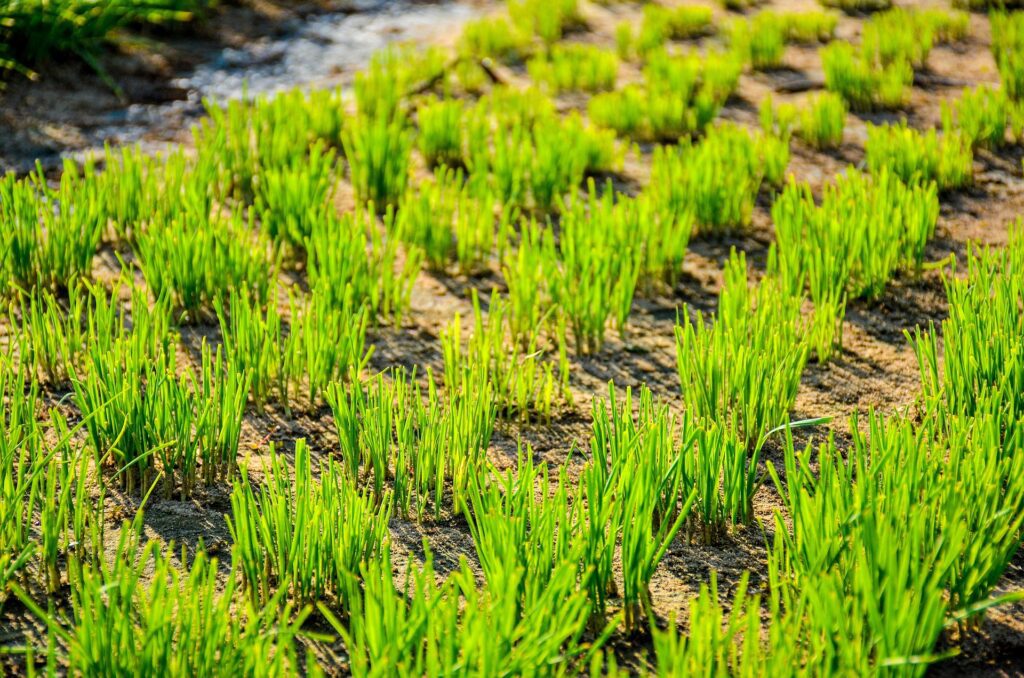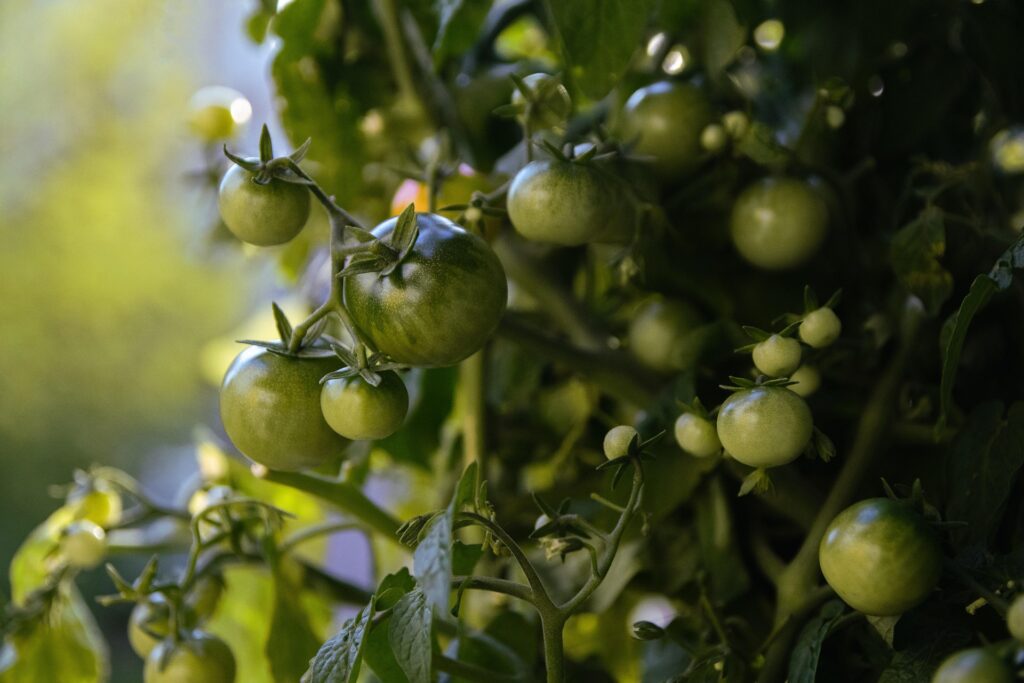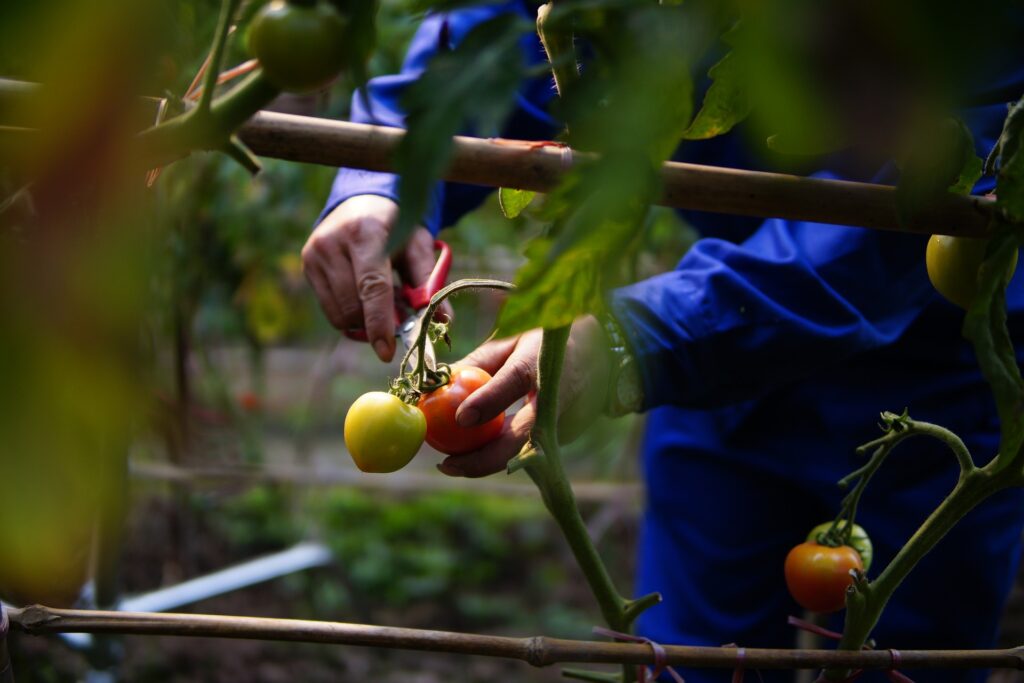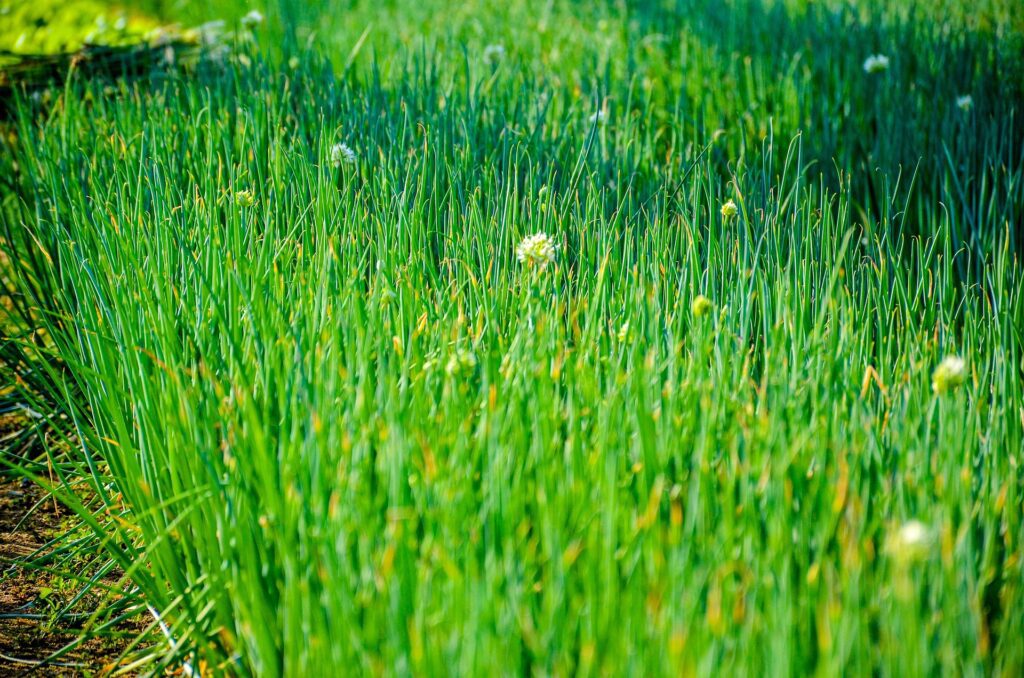Table of Contents
Introduction
organic farming has emerged as a vital alternative to conventional agriculture, emphasizing sustainability, health, and ecological balance. As consumers increasingly seek out organic products for their health benefits and environmental impact, the demand for organic farming continues to grow. This blog will explore how starting an organic farm can lead to personal fulfillment and professional success.
1. Understanding Organic Farming
1.1 What is Organic Farming?
Organic farming refers to the cultivation of crops and livestock using methods that do not involve synthetic fertilizers, pesticides, herbicides, or genetically modified organisms (GMOs). Instead, it relies on natural processes and materials to maintain soil fertility and ecological balance. The primary goal of organic farming is to produce high-quality food while promoting environmental sustainability and biodiversity.

Principles of Organic Farming
Organic farming is guided by several key principles that shape its practices:
- Health: This principle emphasizes the importance of maintaining and enhancing the health of soil, plants, animals, humans, and the planet as interconnected systems. Healthy soils produce nutritious crops that contribute to human health. Organic farming avoids synthetic chemicals that could harm health and instead focuses on natural inputs like compost and green manure14.
- Ecology: Organic farming practices are based on living ecological systems and cycles. Farmers work with nature by emulating natural processes, which helps sustain ecosystems. Techniques such as crop rotation, intercropping, and companion planting promote biodiversity and enhance soil fertility34.
- Fairness: Fairness in organic farming involves ensuring equitable relationships among all stakeholders involved in the agricultural process—farmers, workers, processors, distributors, and consumers. Organic farming aims to provide a good quality of life for all participants while promoting food sovereignty and reducing poverty15.
- Care: This principle highlights the responsibility of farmers to manage their operations in a precautionary manner that protects the health and well-being of current and future generations. It encompasses ethical considerations regarding animal welfare and environmental stewardship45.
Practices in Organic Farming
Organic farmers employ a variety of practices to maintain soil health and manage pests without synthetic inputs:
- Soil Management: Techniques such as crop rotation, cover cropping, composting, and the use of organic fertilizers are essential for maintaining soil fertility. Healthy soil is crucial for supporting plant growth and preventing erosion23.
- Pest Management: Organic farmers often use biological pest control methods by introducing natural predators or using organic-approved pesticides derived from natural sources. Integrated Pest Management (IPM) strategies combine various approaches to minimize pest damage while reducing reliance on chemicals23.
- Weed Control: Weeds are managed through cultural practices such as mulching, hand-weeding, or using cover crops that outcompete weeds for resources. Mechanical methods may also be employed to control weed populations without chemicals26.
- Animal Welfare: Organic livestock farming emphasizes ethical treatment by providing animals with adequate space, access to outdoor areas, and a natural diet free from antibiotics and growth hormones23.
Benefits of Organic Farming
The benefits of organic farming extend beyond individual farms to encompass broader societal impacts:
- Environmental Sustainability: Organic farming practices contribute to soil health, biodiversity conservation, and reduced pollution from chemical runoff. By avoiding synthetic inputs, organic farms help protect water quality and promote ecological balance36.
- Healthier Food Options: Organic produce is often perceived as healthier due to the absence of chemical residues. Many consumers choose organic products for their nutritional benefits and lower environmental impact16.
- Economic Opportunities: The organic market has been growing rapidly, providing farmers with opportunities for higher prices for their products. Consumers are increasingly willing to pay a premium for organic goods as awareness about food quality rises57.
- Community Engagement: Organic farming fosters connections between farmers and consumers through local markets and community-supported agriculture (CSA) programs. This enhances food sovereignty by empowering communities to make choices about their food sources45.
Challenges in Organic Farming
Despite its many advantages, organic farming faces several challenges:
- Certification Process: Obtaining organic certification can be complex and time-consuming. Farmers must adhere to strict regulations regarding inputs and practices over a specified period before being certified26.
- Pest Management Difficulties: Managing pests organically can be challenging due to limited options compared to conventional methods. Farmers may face crop losses if pests are not adequately controlled36.
- Market Access: While demand for organic products is increasing, access to markets can be limited for small-scale farmers who may struggle with distribution logistics or competition from larger producers57.
- Higher Labor Costs: Organic farming often requires more labor-intensive practices compared to conventional methods. This can lead to higher production costs that may impact profitability if not managed effectively


Comparison with Conventional Farming
The divergence between organic and conventional farming methods encompasses various aspects, each with its own set of advantages and disadvantages. Understanding these differences is crucial for making informed decisions about agricultural practices and food consumption2.
Use of Synthetic Inputs: Conventional farming heavily relies on synthetic fertilizers, pesticides, herbicides, and other chemicals to enhance crop growth and manage pests and diseases2. In contrast, organic farming prioritizes natural inputs such as compost, cover crops, and beneficial insects2. Organic agriculture avoids synthetic chemicals such as pesticides, herbicides, and fertilizers, focusing instead on crop rotation, composting, biological pest control, and the use of organic fertilizers like manure and green compost4.
Soil Health: Organic farming places a strong emphasis on soil health and fertility through practices like crop rotation, cover cropping, and composting2. These methods improve soil structure, increase organic matter, and promote beneficial microbial activity34.Conventional farming, on the other hand, can lead to soil degradation due to the heavy use of synthetic inputs and intensive tillage practices2. However, many conventional farmers are now adopting practices such as no-till farming and cover cropping to improve soil health and reduce erosion5.
GMOs: Organic farming prohibits the use of genetically modified organisms (GMOs), while conventional farming often relies on GMOs to improve crop yield and resistance to pests and diseases2. The organic movement focuses on the absence of genetically modified organisms (GMO) or gene-edited crops5.
Animal Welfare: Organic farming places a greater emphasis on animal welfare, including the use of organic feed, access to pasture and outdoor space, and reduced antibiotic use2. Conventional farming may involve crowded conditions, the use of growth hormones, and antibiotics to promote animal growth and health2.
Environmental Impact: Organic farming is often considered more environmentally friendly due to its focus on reducing synthetic inputs, promoting biodiversity, and minimizing soil erosion and water pollution23. Conventional agriculture, however, has been associated with increased greenhouse gas emissions, soil erosion, and water pollution3. No-till farmers plant their cash crops into previously planted cover crops. However, because they aren’t using tillage, weed control becomes an issue forcing many no-till farmers to depend upon chemical herbicides5.
Yields: Conventional farming methods, which utilize synthetic fertilizers and pesticides, can often produce higher yields than organic farming methods2. Studies show that organic production methods provide an average of 34 percent lower yields8. This is because these inputs are designed to enhance plant growth and control pests and diseases, leading to greater crop productivity2.
Costs and Prices: Conventional farming is often less expensive than organic farming because it relies on synthetic inputs that are cheaper to produce and use than organic inputs such as compost and cover crops2. However, organic farmers were between 22 and 35% more profitable than conventional farmers due to high market demand5. Since conventional farming is more common, the products of conventional farming are often more widely available and affordable than organic products2.
Land Use: Conventional farming can be more efficient in terms of land use because it allows farmers to produce more crops per acre of land than organic farming methods2.
Here is a table summarizing the key differences:
| Feature | Organic Farming | Conventional Farming |
|---|---|---|
| Synthetic Inputs | Avoids synthetic fertilizers and pesticides | Relies on synthetic fertilizers and pesticides |
| Soil Health | Prioritizes soil health through natural methods | Can lead to soil degradation |
| GMOs | Prohibited | Often used |
| Animal Welfare | High emphasis on animal welfare | May have crowded conditions and growth hormones |
| Environmental Impact | Generally more environmentally friendly | Can have negative environmental impacts |
| Yields | Lower yields | Higher yields |
| Costs | Can be more expensive | Often less expensive |
| Land Use | Less efficient in terms of land use | More efficient in terms of land use |
Both organic and conventional farming have their own set of advantages and challenges4. Organic farming offers significant environmental, health, and ethical benefits but may result in lower yields and higher production costs7. Conventional farming, while highly productive, faces growing concerns about its environmental impact and long-term sustainability4. Some sources suggest a hybrid approach that combines the best practices of both organic and conventional farming may emerge as the most sustainable solution4.


1.2 Historical Context
The roots of organic farming can be traced back to ancient agricultural practices where farmers relied on natural methods for cultivation. The modern organic movement began in the early 20th century as a response to industrial agriculture’s negative environmental impacts. Over the decades, organic farming has gained recognition and support from consumers and governments alike.
2. Key Principles of Organic Farming
2.1 Health
Organic farming emphasizes the importance of healthy soil, which is essential for growing nutrient-rich crops. By avoiding synthetic chemicals, organic farmers produce food that is free from harmful residues, contributing to better health outcomes for consumers.
2.2 Ecology
Ecological balance is crucial in organic farming. Practices such as crop rotation and intercropping enhance biodiversity and protect ecosystems. By nurturing natural habitats, organic farms contribute to wildlife conservation and sustainable resource management.
2.3 Fairness
Organic farming promotes social justice by ensuring fair treatment for farmers and workers. It supports local economies by encouraging direct sales from producers to consumers, fostering community connections.
3. Steps to Start Organic Farming
3.1 Planning Your Organic Farm
The first step in starting an organic farm is thorough planning:
- Assessing Land and Resources: Evaluate your land’s soil quality, climate conditions, and water availability.
- Setting Goals: Define what you want to achieve—whether it’s producing vegetables for local markets or establishing a diversified farm with livestock.
3.2 Soil Management
Healthy soil is the foundation of successful organic farming:
- Enhancing Soil Fertility: Use composting techniques to recycle organic waste into nutrient-rich soil amendments.
- Crop Rotation: Implement crop rotation strategies to prevent nutrient depletion and control pests naturally.
3.3 Crop Selection and Rotation
Choosing the right crops is essential for maximizing yield:
- Selecting Suitable Crops: Consider climate compatibility and market demand when selecting crops.
- Crop Rotation Benefits: Rotate crops annually to disrupt pest cycles and improve soil health.
3.4 Pest Control Methods
Managing pests without chemicals requires creativity:
- Biological Pest Control: Introduce beneficial insects like ladybugs or lacewings that prey on harmful pests.
- Integrated Pest Management (IPM): Combine various strategies such as cultural practices, biological controls, and minimal chemical use when necessary.
3.5 Weed Management Strategies
Weeds can compete with crops for nutrients:
- Cultural Practices: Use mulching techniques or cover crops to suppress weed growth.
- Mechanical Control: Employ tools like hoes or hand-pulling methods for small-scale operations.
4. Certification and Compliance
4.1 Understanding Organic Certification
Obtaining organic certification ensures that your farm meets specific standards:
- Certification Process: Research your country’s certification requirements; typically involves an application process followed by inspections.
- Importance of Compliance: Certification enhances marketability and consumer trust in your products.
4.2 Record Keeping and Documentation
Maintaining accurate records is essential for compliance:
- Essential Records: Document all inputs used on the farm (seeds, fertilizers) and practices (crop rotations).
- Benefits of Documentation: Helps in audits during certification processes and provides insights into farm performance.
5. Marketing Your Organic Produce
5.1 Identifying Target Markets
Understanding your audience is key:
- Local Markets: Explore farmers’ markets or community-supported agriculture (CSA) programs.
- Online Sales: Utilize e-commerce platforms to reach a broader customer base.


5.2 Strategies for Promotion
Effective marketing can set your farm apart:
- Brand Building: Create a strong brand identity that resonates with consumers’ values regarding sustainability.
- Storytelling: Share your journey as an organic farmer through blogs or social media to connect with potential customers emotionally.
Conclusion
Starting an organic farm offers numerous personal rewards—such as improved well-being through healthy eating—and professional success through sustainable business practices. By embracing organic farming principles, you contribute positively to the environment while enjoying the fruits of your labor both personally and professionally.
This detailed outline provides a solid foundation upon which you can build your blog post. To reach approximately 4900 words, you can expand each section further by adding personal anecdotes, case studies of successful organic farmers, interviews with experts in the field, practical tips based on experiences, detailed statistics about the market demand for organic products, or deeper explorations into specific farming techniques or challenges faced by new farmers.
It’s fascinating how platforms like Jilislot blend convenience with a vast game selection, making it easy for new players to dive in. A great example of modern gambling psychology in action.
Sprunki Incredibox truly elevates the music-mixing fun with fresh beats and visuals. It’s a must-try for fans looking to level up their creativity. Check it out at Sprunki Incredibox!
Looking for a mix of luck and strategy? Super PH offers thrilling gameplay with its 1024 win ways and golden card features. A must-try for slot fans!